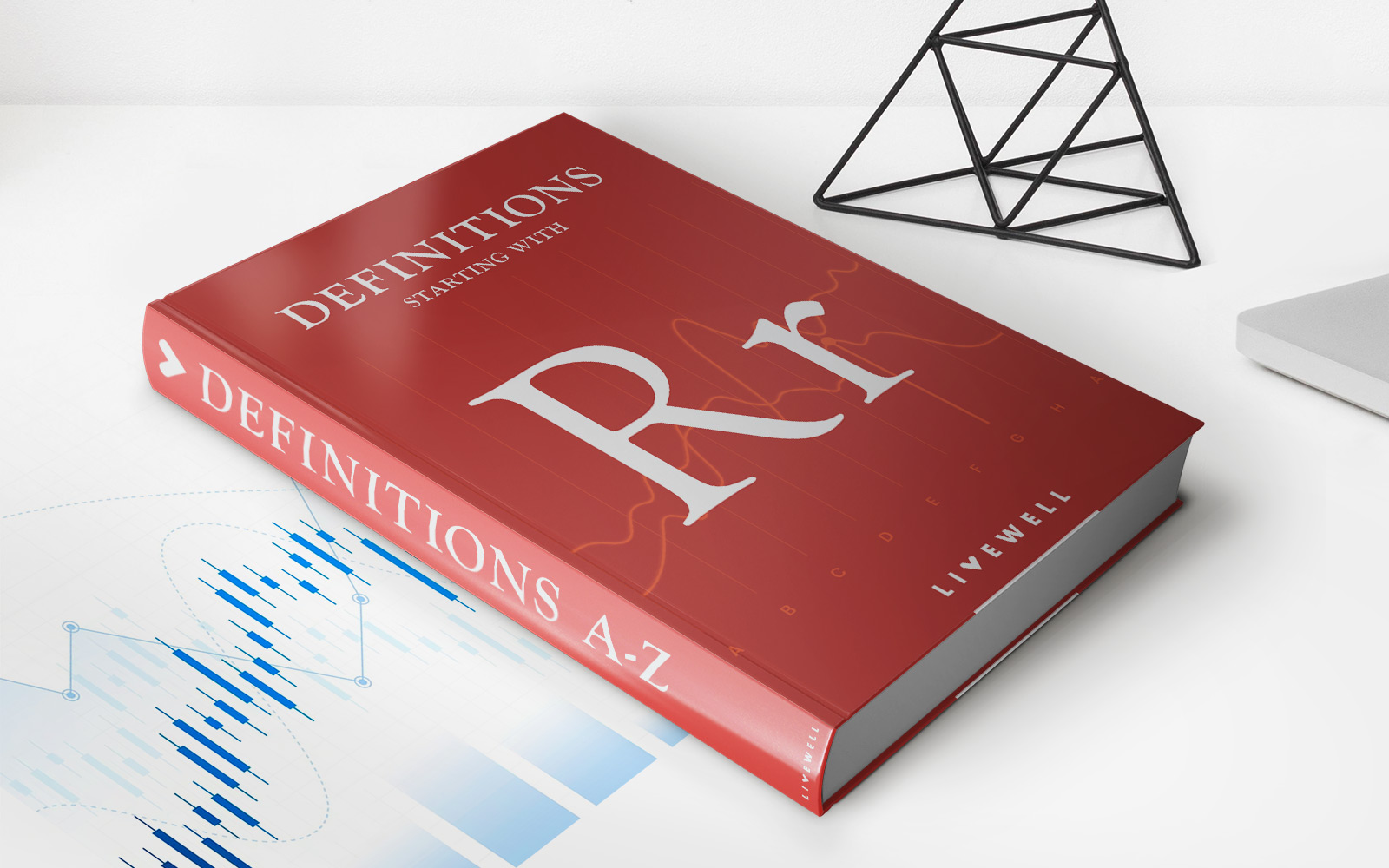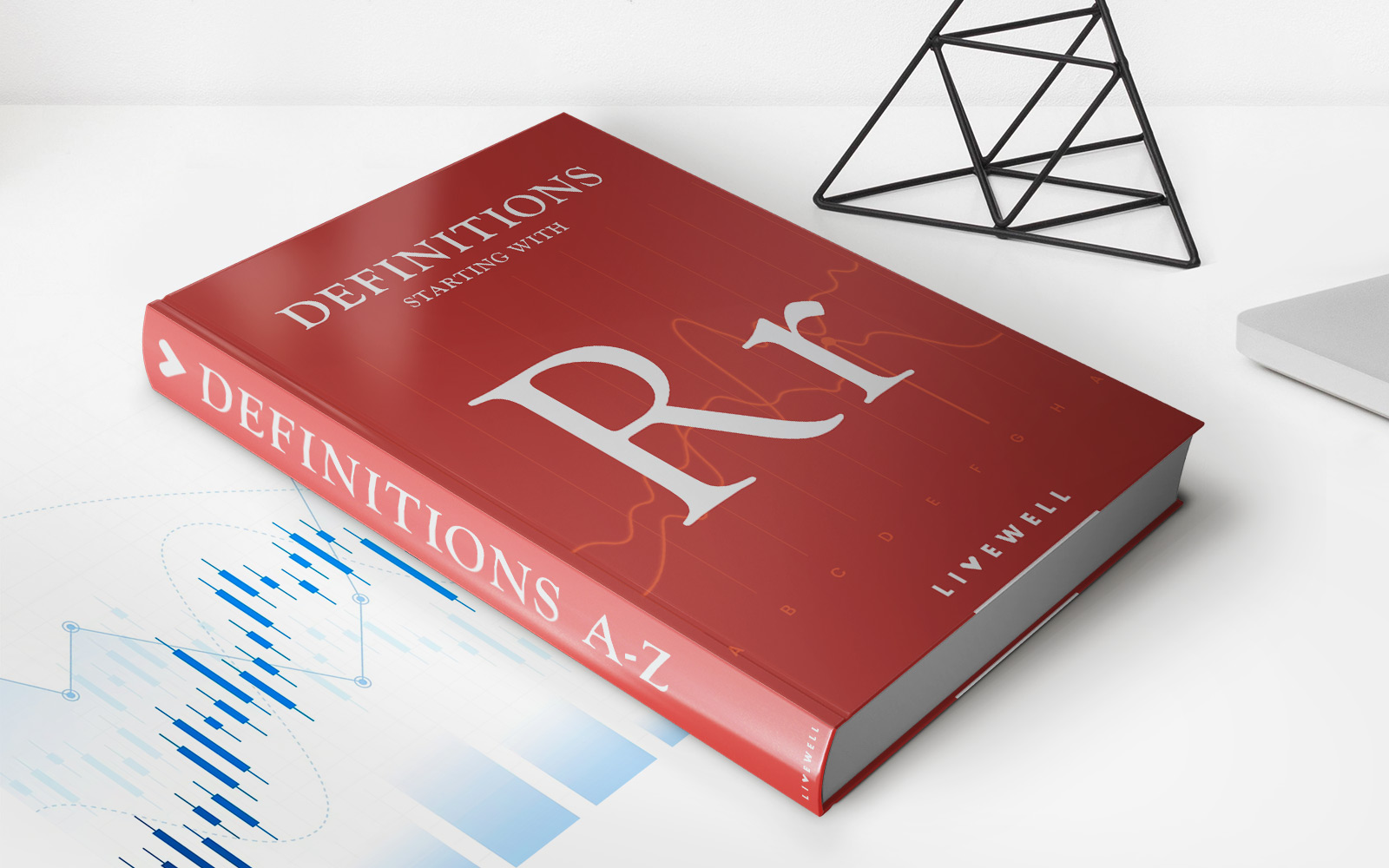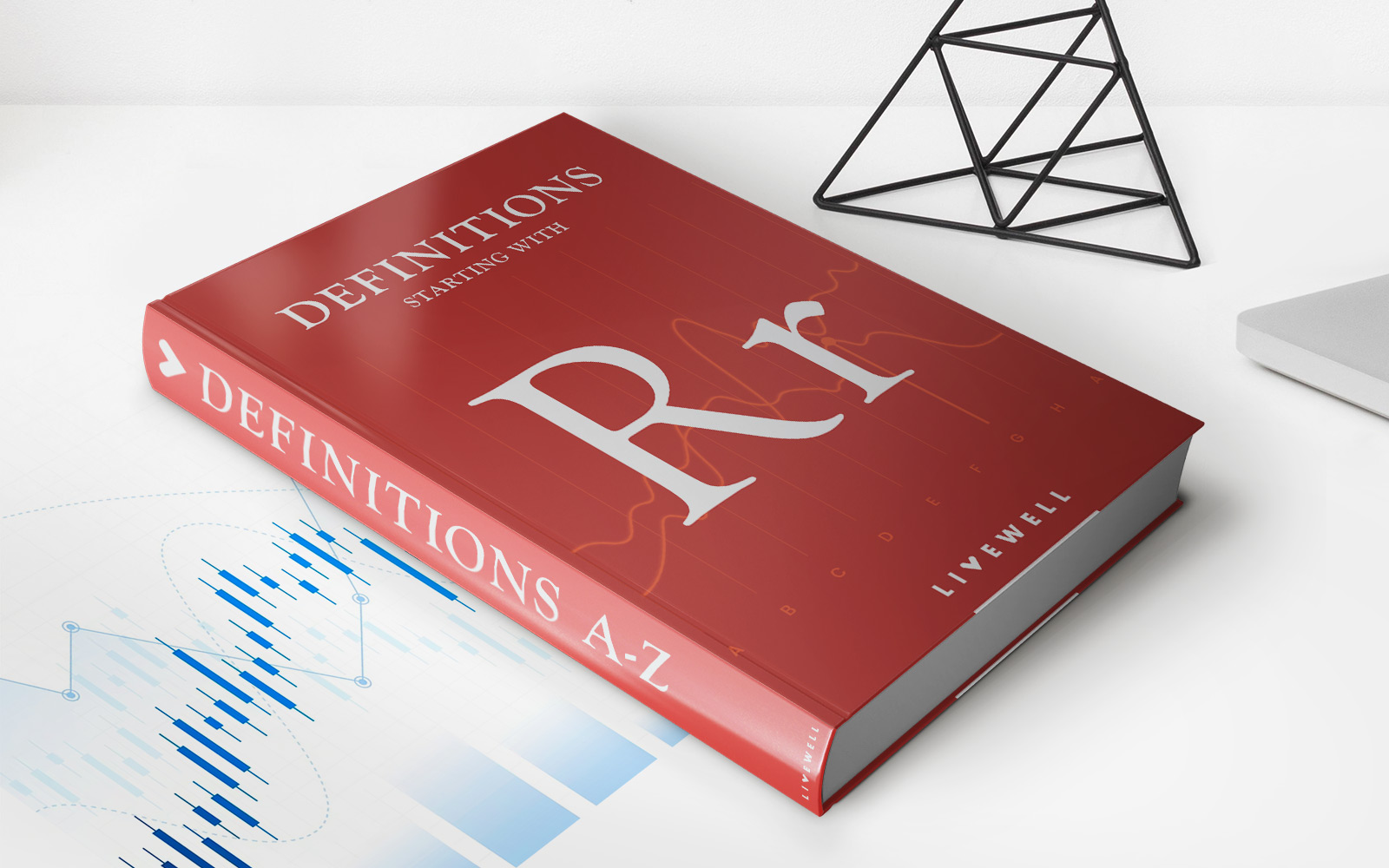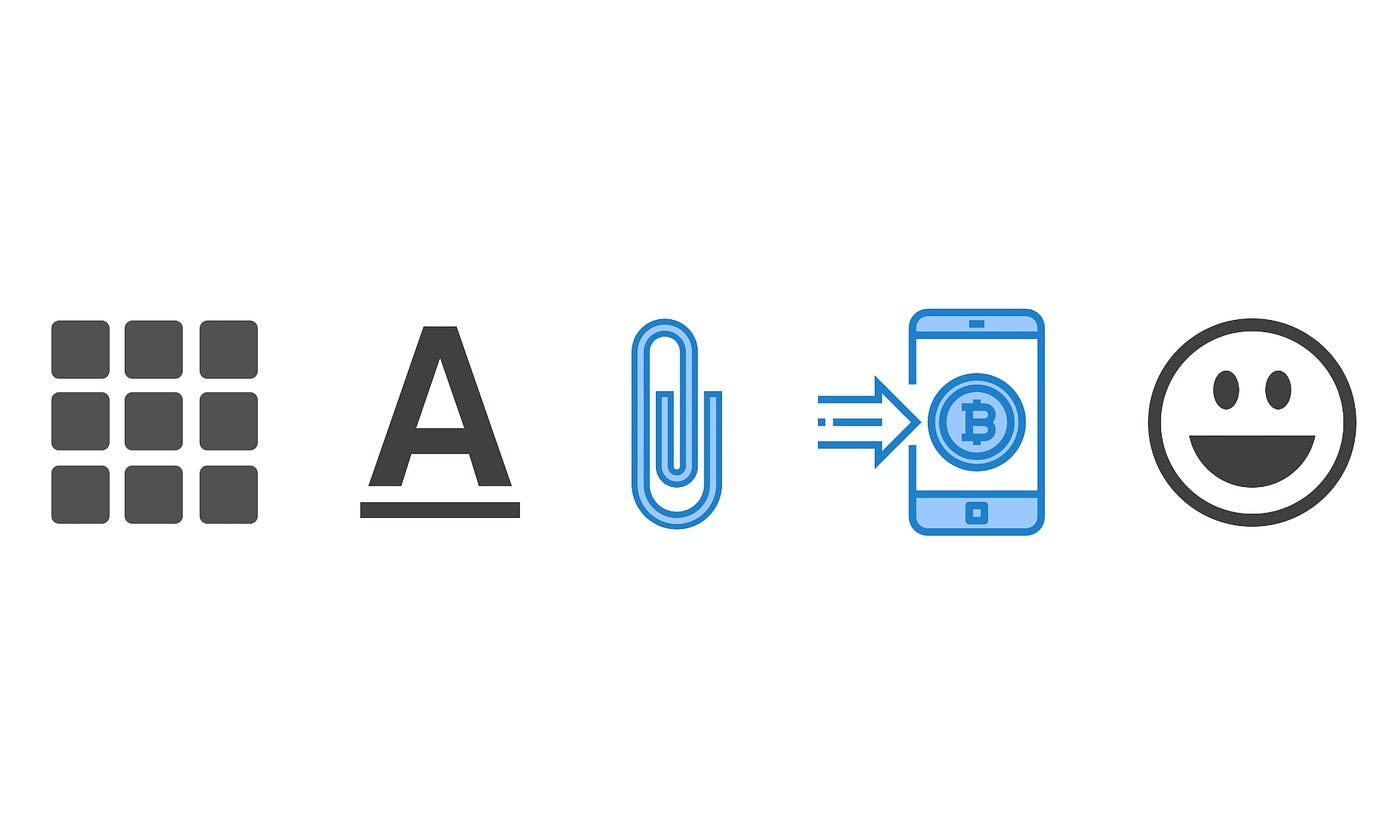

Finance
What Is Insurance Compliance?
Published: November 20, 2023
Insurance compliance plays a crucial role in the finance industry, ensuring adherence to regulations and minimizing risk. Gain insights into what it entails and its importance in maintaining financial stability.
(Many of the links in this article redirect to a specific reviewed product. Your purchase of these products through affiliate links helps to generate commission for LiveWell, at no extra cost. Learn more)
Table of Contents
- Introduction
- Definition of Insurance Compliance
- Importance of Insurance Compliance
- Key Components of Insurance Compliance
- Types of Insurance Compliance
- Regulatory Authorities and Insurance Compliance
- Challenges in Insurance Compliance
- Best Practices for Insurance Compliance
- Benefits of Insurance Compliance
- Conclusion
Introduction
Welcome to the world of insurance compliance! In today’s ever-changing and complex financial landscape, ensuring compliance with regulatory requirements is essential for insurance companies. Simply put, insurance compliance refers to the adherence to laws, regulations, and guidelines set forth by governing bodies in the insurance industry.
Insurance compliance is not just a legal obligation; it is also a crucial component of maintaining trust and credibility with policyholders and stakeholders. Failure to comply with regulatory standards can result in severe consequences, including financial penalties, reputational damage, and even the revocation of an insurance company’s license to operate.
This article will delve into the various aspects of insurance compliance, its importance, key components, types, regulatory authorities involved, challenges faced, best practices, and the benefits it brings to both insurers and policyholders.
While navigating the intricacies of insurance compliance can be daunting, it is essential to understand its significance and the measures that need to be taken to ensure strict adherence. By doing so, insurance companies can maintain operational integrity, protect policyholders’ interests, and foster a culture of transparency and accountability within the industry.
Definition of Insurance Compliance
Insurance compliance refers to the process of adhering to the rules, regulations, and standards set by regulatory authorities in the insurance industry. It encompasses the policies, procedures, and practices that insurance companies must implement to ensure they are operating within the legal framework prescribed by the regulatory bodies.
Insurance compliance is not limited to following the laws and regulations specific to insurance; it also involves complying with broader financial regulations and industry best practices. This includes maintaining accurate records, submitting regulatory filings and reports on time, conducting internal audits, and implementing robust internal controls to mitigate risks.
At its core, insurance compliance aims to protect the interests of policyholders by ensuring that insurance companies operate fairly, ethically, and responsibly. It sets the rules and standards that promote transparency, integrity, and trust within the industry.
Insurance compliance addresses a wide range of areas within an insurance company, including product development, marketing and sales practices, underwriting and pricing, claims management, data privacy, financial reporting, and solvency requirements.
Compliance is not a one-time endeavor; it is an ongoing process that requires continuous monitoring, review, and adaptation to changes in regulations and market conditions. Insurance companies must stay informed about changes in laws and regulations and make the necessary adjustments to their policies and operations to remain compliant.
In summary, insurance compliance is the adherence to the legal and regulatory framework governing the insurance industry. It involves implementing systems and processes to ensure that insurance companies operate in a manner that is fair, transparent, and accountable, ultimately safeguarding the interests of policyholders and maintaining the stability of the industry.
Importance of Insurance Compliance
Insurance compliance is of paramount importance in the insurance industry. It serves as the foundation for ethical and responsible business practices and ensures the protection of policyholders and the stability of the industry as a whole. Here are the key reasons why insurance compliance is crucial:
1. Legal Obligation: Compliance with laws and regulations is not optional; it is a legal requirement for insurance companies. Non-compliance can result in severe penalties, legal action, and reputational damage. By adhering to regulatory standards, insurance companies can avoid legal consequences and maintain their license to operate.
2. Policyholder Protection: Compliance measures are designed to protect the interests of policyholders. Through fair and transparent practices, insurance companies ensure that policyholders receive the coverage they are entitled to and are treated fairly when it comes to claims handling, policy terms, and pricing.
3. Industry Stability: Compliance plays a crucial role in maintaining the stability and trustworthiness of the insurance industry. By setting and enforcing rules and regulations, regulatory authorities ensure that insurers operate on a level playing field, maintain solvency, and uphold ethical business practices. This fosters confidence among policyholders, investors, and other stakeholders.
4. Reputation and Trust: Compliance is directly tied to the reputation and trustworthiness of insurance companies. A strong compliance culture demonstrates the company’s commitment to ethical behavior and regulatory adherence. This enhances the company’s reputation in the market and builds trust with policyholders and other stakeholders.
5. Risk Mitigation: Compliance measures are designed to identify and mitigate risks faced by insurance companies. By implementing internal controls, conducting regular audits, and adhering to risk management best practices, insurers can proactively address potential risks and avoid costly consequences.
6. Competitive Advantage: Insurance companies that prioritize compliance differentiate themselves from their competitors. Compliance acts as a valuable marketing tool, showcasing the company’s commitment to ethical practices and policyholder protection. This can attract new policyholders and strengthen existing relationships.
7. Alignment with Market Changes: Compliance ensures that insurance companies stay up-to-date with evolving industry practices and regulatory requirements. By actively monitoring changes in laws and regulations, insurers can adapt their policies and processes to align with the latest standards, ensuring continued compliance and minimizing disruption.
Overall, insurance compliance is vital for the long-term success and sustainability of insurance companies. It preserves the integrity of the industry, protects policyholders, and fosters trust and confidence among stakeholders, ultimately leading to a stable and trustworthy insurance marketplace.
Key Components of Insurance Compliance
Insurance compliance is a multi-faceted concept that encompasses various components. To ensure a comprehensive and effective compliance program, insurance companies should focus on the following key components:
1. Regulatory Knowledge: Insurance companies must have a deep understanding of the regulatory landscape in which they operate. This involves staying updated with changes in laws, regulations, and industry guidelines that impact their business. Maintaining a knowledgeable compliance team and engaging in continuous education and training programs are essential in this regard.
2. Policies and Procedures: Developing and implementing robust policies and procedures is vital for insurance compliance. This includes establishing clear guidelines on underwriting, pricing, claims management, data privacy, sales practices, and more. Policies should align with regulatory requirements and provide a framework for employees to follow, ensuring consistency and adherence to best practices.
3. Internal Controls: Strong internal controls help insurance companies monitor and manage compliance risks effectively. This involves implementing processes for risk assessment, regular audits, and monitoring activities to detect and address any violations. Internal controls also include segregation of duties, ethical codes of conduct, and whistleblower programs to promote transparency and accountability.
4. Reporting and Documentation: Maintaining accurate and up-to-date records is crucial for insurance compliance. This includes timely and accurate submission of regulatory reports, financial statements, and disclosures. Detailed documentation of policies, procedures, and compliance activities is essential for demonstrating adherence to regulatory requirements and facilitating audits or inspections.
5. Compliance Monitoring and Testing: Regular monitoring and testing of compliance efforts are necessary to identify gaps or weaknesses in the compliance program. This includes conducting internal audits, self-assessments, and risk assessments to ensure that policies and controls are functioning effectively. The findings should be documented, and necessary remedial actions should be implemented promptly.
6. Training and Awareness: Educating employees on compliance requirements is essential for creating a culture of compliance within the organization. Training programs should cover topics such as code of conduct, anti-money laundering, fraud prevention, privacy regulations, and other relevant compliance areas. Ongoing awareness campaigns and communication channels should be established to keep employees informed about compliance-related updates and expectations.
7. Stakeholder Engagement: Building strong relationships with regulatory authorities, industry associations, and other stakeholders is important for insurance compliance. Engaging in proactive dialogue with regulators, participating in industry forums, and sharing best practices help insurance companies stay informed and influence the development of regulatory policies in a manner that is favorable to the industry.
8. Continuous Improvement: Insurance compliance is an ongoing process that requires continuous improvement. Regularly reviewing and updating the compliance program is crucial to address emerging risks and changes in industry practices. Insurance companies should stay abreast of new regulations, industry trends, and technology advancements to adapt their compliance frameworks accordingly.
By focusing on these key components, insurance companies can establish a robust and effective compliance program that ensures adherence to regulatory requirements, mitigates risks, and upholds ethical and responsible business practices.
Types of Insurance Compliance
Insurance compliance encompasses various types, each addressing specific areas within the insurance industry. Here are some common types of insurance compliance:
- Regulatory Compliance: Regulatory compliance involves adhering to laws, regulations, and guidelines set by regulatory authorities. This includes compliance with insurance-specific regulations, such as licensing requirements, solvency standards, consumer protection rules, and anti-money laundering laws. Insurance companies must stay updated with changes in regulations and ensure they are operating within the prescribed legal framework.
- Financial Compliance: Financial compliance focuses on ensuring that insurance companies maintain accurate and transparent financial records. This includes compliance with accounting standards, financial reporting requirements, and internal control practices. Financial compliance also involves meeting capital adequacy ratios and solvency requirements to ensure the financial stability of the company.
- Data Privacy and Security Compliance: In today’s digital age, data privacy and security compliance have become critically important. Insurance companies handle vast amounts of sensitive customer information, and it is crucial to follow data protection laws and regulations. This includes implementing robust data security measures, obtaining consent for data collection and processing, and providing individuals with control over their personal data.
- Sales and Marketing Compliance: Sales and marketing compliance ensures that insurance companies engage in fair and ethical practices when promoting and selling insurance products. This includes compliance with advertising regulations, disclosure requirements, and the fair treatment of customers. Insurance companies must provide accurate and transparent information to policyholders, avoid misleading marketing tactics, and ensure that sales practices adhere to regulatory guidelines.
- Claims Compliance: Claims compliance focuses on the proper handling of insurance claims. This includes compliance with claims processing and settlement procedures, ensuring timely and fair claim assessments, and adhering to regulatory guidelines on claims practices. Insurance companies must establish clear processes for claims investigation, evaluation, and resolution, and handle claims in a transparent and efficient manner.
- Compliance with Anti-Fraud Measures: Insurance companies face the challenge of combating fraud within the industry. Compliance with anti-fraud measures involves implementing robust fraud detection systems, conducting investigations into fraudulent activities, and cooperating with law enforcement agencies. Insurance companies must also comply with anti-fraud regulations and reporting requirements.
- Ethics and Conduct Compliance: Ethics and conduct compliance focuses on fostering a culture of ethical behavior and integrity within insurance organizations. This includes establishing a code of conduct, promoting ethical decision-making, preventing conflicts of interest, and providing channels for reporting unethical behavior. Ethics and conduct compliance helps maintain a strong reputation and build trust with policyholders and stakeholders.
It is important for insurance companies to identify the types of compliance that are applicable to their operations and establish appropriate systems, policies, and controls to ensure compliance in each area. By doing so, they can operate in a manner that is ethical, transparent, and compliant with the regulatory framework.
Regulatory Authorities and Insurance Compliance
Insurance compliance is overseen by various regulatory authorities at the national and international levels. These authorities are responsible for creating and enforcing regulations that govern the insurance industry. Here are some prominent regulatory authorities and their role in insurance compliance:
- National Insurance Regulators: Each country has its own national insurance regulator responsible for overseeing the insurance industry within its jurisdiction. For example, in the United States, the regulatory authority is the National Association of Insurance Commissioners (NAIC). National insurance regulators are responsible for developing and implementing insurance regulatory frameworks, licensing and supervising insurance companies, establishing solvency requirements, and ensuring compliance with consumer protection regulations.
- International Association of Insurance Supervisors (IAIS): The IAIS is a global standard-setting body for the insurance sector. It brings together national insurance regulators from around the world to develop and promote international standards and best practices in insurance regulation and supervision. The IAIS plays a crucial role in harmonizing insurance regulations across borders, ensuring consistent compliance standards and facilitating cooperation among regulatory authorities.
- Financial Stability Oversight Council (FSOC): The FSOC is a U.S. government body responsible for identifying and addressing risks to the stability of the financial system. While it does not have direct authority over insurance regulation, it has the power to designate certain insurance companies as systemically important financial institutions (SIFI), subjecting them to additional regulatory oversight and compliance requirements.
- Securities and Exchange Commission (SEC): Although primarily focused on securities regulation, the SEC also regulates certain aspects of the insurance industry, particularly in the area of variable annuities and certain investment products offered by insurance companies. Insurance companies involved in the sale of such products must comply with SEC regulations and disclosure requirements.
- Other Regulatory Authorities: In addition to national and international bodies, other regulatory authorities are involved in insurance compliance. These may include central banks, financial services authorities, insurance ombudsmen or complaint-handling bodies, and specialized agencies focused on specific aspects of insurance regulation, such as data protection or fraud prevention.
Insurance companies are subject to the rules and regulations set forth by these regulatory authorities. They must stay updated with changes in regulations, fulfill reporting requirements, undergo regulatory examinations, and demonstrate compliance with regulatory standards. Failure to comply with the directives of regulatory authorities can result in financial penalties, loss of license, reputational damage, and other serious consequences.
Working in close collaboration with these authorities, insurance companies can ensure that their operations are in line with regulatory requirements, ultimately fostering a stable and well-regulated insurance industry.
Challenges in Insurance Compliance
Insurance compliance is a complex and ever-evolving field that presents various challenges for insurance companies. These challenges can stem from regulatory complexities, technological advancements, organizational factors, and industry-specific issues. Here are some common challenges faced in insurance compliance:
- Complex Regulatory Environment: The insurance industry is subject to a multitude of laws, regulations, and guidelines, making compliance a complex endeavor. Staying abreast of changes in regulatory requirements and ensuring compliance across various jurisdictions can be challenging, especially for multinational insurers.
- Interpretation of Regulations: The interpretation and application of regulations can be subjective and open to different interpretations. Insurance companies must navigate through these uncertainties and ensure that their compliance efforts align with the intended spirit of the regulations.
- Regulatory Changes: Regulations are not static; they are subject to frequent changes and updates. Keeping track of regulatory changes and promptly adapting compliance programs to align with new requirements can be a significant challenge for insurance companies.
- Data Privacy and Security: With the increasing digitization of processes and the growing threat of cyber attacks, ensuring data privacy and security is a significant challenge. Insurance companies must implement robust cybersecurity measures, comply with data protection laws, and protect sensitive customer information from unauthorized access.
- Technological Advancements: The rapid pace of technological advancements presents both opportunities and challenges for insurance compliance. Adopting new technologies for underwriting, claims, and distribution channels requires careful consideration of regulatory implications and compliance with data privacy, cybersecurity, and consumer protection regulations.
- Multinational Operations: Insurance companies operating across multiple jurisdictions face the challenge of complying with varying regulations in each country. This requires developing a comprehensive understanding of the legal and regulatory framework in each jurisdiction, adapting compliance systems accordingly, and ensuring consistent compliance across borders.
- Anti-Money Laundering (AML) Compliance: Insurance companies are at risk of being used for money laundering and terrorist financing activities. Implementing effective AML compliance programs, conducting customer due diligence, and reporting suspicious transactions require significant resources and ongoing vigilance.
- Internal Communication and Training: Ensuring that employees understand and comply with regulatory requirements can be challenging, particularly in large organizations with diverse functions and locations. Effective communication, comprehensive training programs, and ongoing reinforcement of compliance expectations are essential to address this challenge.
- Vendor and Third-Party Compliance: Insurance companies often rely on vendors and third-party service providers to support their operations. Ensuring compliance by these external partners requires thorough due diligence, contracts with appropriate compliance clauses, and ongoing monitoring of their compliance practices.
- Cultural and Organizational Alignment: Embedding a culture of compliance throughout the organization can be challenging, particularly in large and complex organizations. Ensuring that compliance is viewed as a priority, promoting ethical behavior, and fostering a culture that embraces compliance requires top-down commitment and continuous communication.
Addressing these challenges requires a proactive approach, dedicated resources, and continuous monitoring of regulatory changes and industry best practices. By staying vigilant and adaptable, insurance companies can navigate the complexities of insurance compliance and ensure a robust and effective compliance program.
Best Practices for Insurance Compliance
Implementing best practices for insurance compliance is crucial to ensure that insurance companies meet regulatory requirements, mitigate risks, and maintain a strong compliance framework. Here are some key best practices to consider:
- Establish a Compliance Program: Develop and implement a comprehensive compliance program that outlines the company’s commitment to regulatory adherence. This program should include policies, procedures, and internal controls that address the various aspects of insurance compliance.
- Stay Informed: Stay updated with changes in laws, regulations, and industry guidelines that impact insurance compliance. Regularly monitor updates from regulatory authorities, industry associations, and legal advisors to stay informed about emerging compliance requirements.
- Appoint a Compliance Officer: Designate a qualified compliance officer who is responsible for overseeing the company’s compliance efforts. The compliance officer should have a deep understanding of the regulatory landscape and the authority to implement and enforce compliance measures.
- Implement Risk Assessments: Conduct regular risk assessments to identify and assess compliance risks. This includes evaluating the effectiveness of existing controls, identifying potential gaps, and implementing appropriate risk mitigation strategies to minimize compliance risks.
- Develop Robust Policies and Procedures: Establish clear and comprehensive policies and procedures that address key areas of insurance compliance. These policies should align with regulatory requirements and provide guidance to employees on their compliance responsibilities. Ensure that policies are regularly reviewed and updated to reflect changes in regulations and industry practices.
- Provide Training and Awareness: Conduct regular training programs for employees on compliance requirements, policies, and procedures. This helps to promote awareness of compliance obligations and ensures consistent understanding among employees. Training should cover topics such as code of conduct, ethics, data privacy, and sales practices.
- Implement Internal Controls: Establish internal controls to monitor and enforce compliance with regulatory requirements. Internal controls may include segregation of duties, regular audits, compliance reviews, and whistleblower mechanisms to encourage reporting of compliance violations.
- Perform Regular Assessments and Audits: Conduct periodic assessments and audits of the company’s compliance program to identify weaknesses or gaps that need to be addressed. Engage external auditors or consultants, if required, to conduct independent assessments of the compliance program.
- Maintain Accurate Recordkeeping: Ensure accurate recordkeeping and documentation of compliance activities, including regulatory filings, policies, procedures, and training records. Maintain a well-organized system for storing and retrieving compliance-related documents.
- Monitor Regulatory Changes: Establish processes to monitor changes in regulations and industry practices. This includes subscribing to regulatory updates, participating in industry forums, and engaging with regulatory authorities to anticipate and adapt to regulatory changes in a timely manner.
- Cultivate a Culture of Compliance: Foster a culture that promotes ethics and compliance throughout the organization. This can be achieved through leadership commitment, leading by example, rewarding ethical behavior, and providing regular communication and guidance on compliance expectations.
By implementing these best practices, insurance companies can establish a strong compliance framework that not only meets regulatory requirements but also promotes ethics, transparency, and accountability throughout the organization.
Benefits of Insurance Compliance
Insurance compliance brings numerous benefits to insurance companies, policyholders, and the industry as a whole. By prioritizing and implementing effective compliance measures, insurance companies can reap the following advantages:
- Legal Protection: Compliance with insurance regulations ensures that insurance companies operate within the boundaries of the law. Compliance helps protect insurance companies from legal penalties, litigation, and reputational damage that can arise from non-compliance.
- Policyholder Confidence: Insurance compliance demonstrates an insurance company’s commitment to ethical practices and policyholder protection. Compliance fosters trust and confidence among policyholders, which enhances their satisfaction and cultivates long-term relationships.
- Industry Stability: Compliance plays a vital role in maintaining the stability of the insurance industry. It helps to prevent fraud, unethical practices, and financial mismanagement, contributing to the overall stability, credibility, and trustworthiness of the industry.
- Risk Mitigation: Compliance measures assist insurance companies in identifying and mitigating various risks. By implementing internal controls, conducting audits, and monitoring compliance, companies can proactively identify and address potential risks, minimizing financial and reputational losses.
- Competitive Advantage: Insurance companies that prioritize compliance differentiate themselves from their competitors. Compliance acts as a valuable marketing tool, showcasing the company’s commitment to ethical practices, policyholder protection, and regulatory adherence. This can attract new policyholders and strengthen existing relationships.
- Improved Operational Efficiency: Compliance programs encourage structured and well-documented processes. By defining clear procedures and controls, insurance companies can improve operational efficiency, reduce errors, and enhance the overall effectiveness of their operations.
- Enhanced Reputation: Compliance establishes a positive reputation for insurance companies. Compliance measures, such as transparency, fair practices, and data protection, contribute to enhancing the public perception of the company as a responsible and trustworthy entity, ultimately leading to increased credibility and stakeholder confidence.
- Efficient Claims Handling: Compliance with claims regulations ensures that insurance companies handle claims in a fair, efficient, and transparent manner. It helps streamline the claims process, leading to improved customer satisfaction and reduced disputes.
- Better Risk Management: Compliance measures enable insurance companies to better manage risks by implementing adequate controls and monitoring mechanisms. This leads to improved risk assessment, underwriting decisions, and pricing strategies, ultimately strengthening the company’s financial stability.
- Partnership Opportunities: Compliance with industry regulations makes insurance companies attractive partners for other entities, such as reinsurers or financial institutions. Companies that demonstrate strong compliance records are more likely to establish mutually beneficial partnerships that can enhance their market position.
Overall, insurance compliance delivers significant benefits to insurance companies, policyholders, and the industry as a whole. It safeguards policyholder interests, promotes trust, mitigates risks, and ensures the long-term viability and success of insurance operations.
Conclusion
Insurance compliance is a critical aspect of operating in the insurance industry. It encompasses the adherence to laws, regulations, and guidelines set forth by regulatory authorities to ensure ethical business practices, policyholder protection, and industry stability. Compliance is not only a legal obligation but also an opportunity for insurance companies to build trust, enhance their reputation, and foster a culture of transparency and accountability.
Throughout this article, we have explored the definition of insurance compliance, its importance, key components, types, regulatory authorities involved, challenges, best practices, and the benefits it brings. From understanding the regulatory landscape to implementing robust compliance programs, insurance companies need to stay informed, adapt to changes, and uphold the highest standards of ethical conduct.
Despite the challenges posed by a complex regulatory environment, technological advancements, and evolving industry practices, insurance companies can mitigate risks and maximize the benefits of compliance through proactive measures. By establishing effective compliance programs, staying updated with regulatory changes, embracing best practices, and cultivating a culture of compliance, companies can ensure they operate within the legal framework while safeguarding policyholders’ interests.
In conclusion, insurance compliance is not just a mandatory requirement; it is a fundamental pillar of a successful and trustworthy insurance industry. As insurance companies navigate the ever-changing regulatory landscape, compliance should be approached as an opportunity to protect policyholders, promote ethical practices, and contribute to a stable and resilient insurance marketplace.














